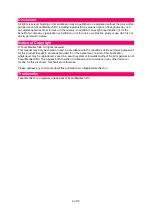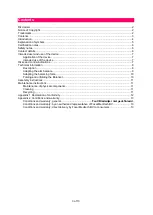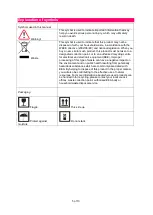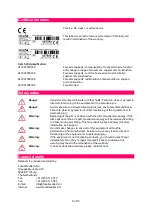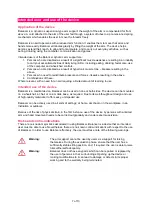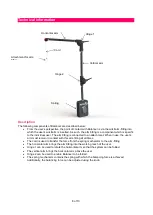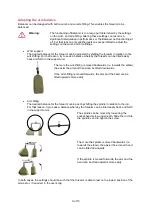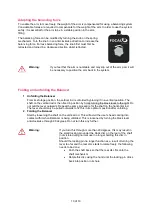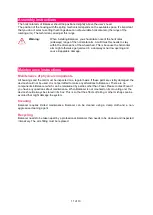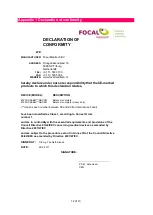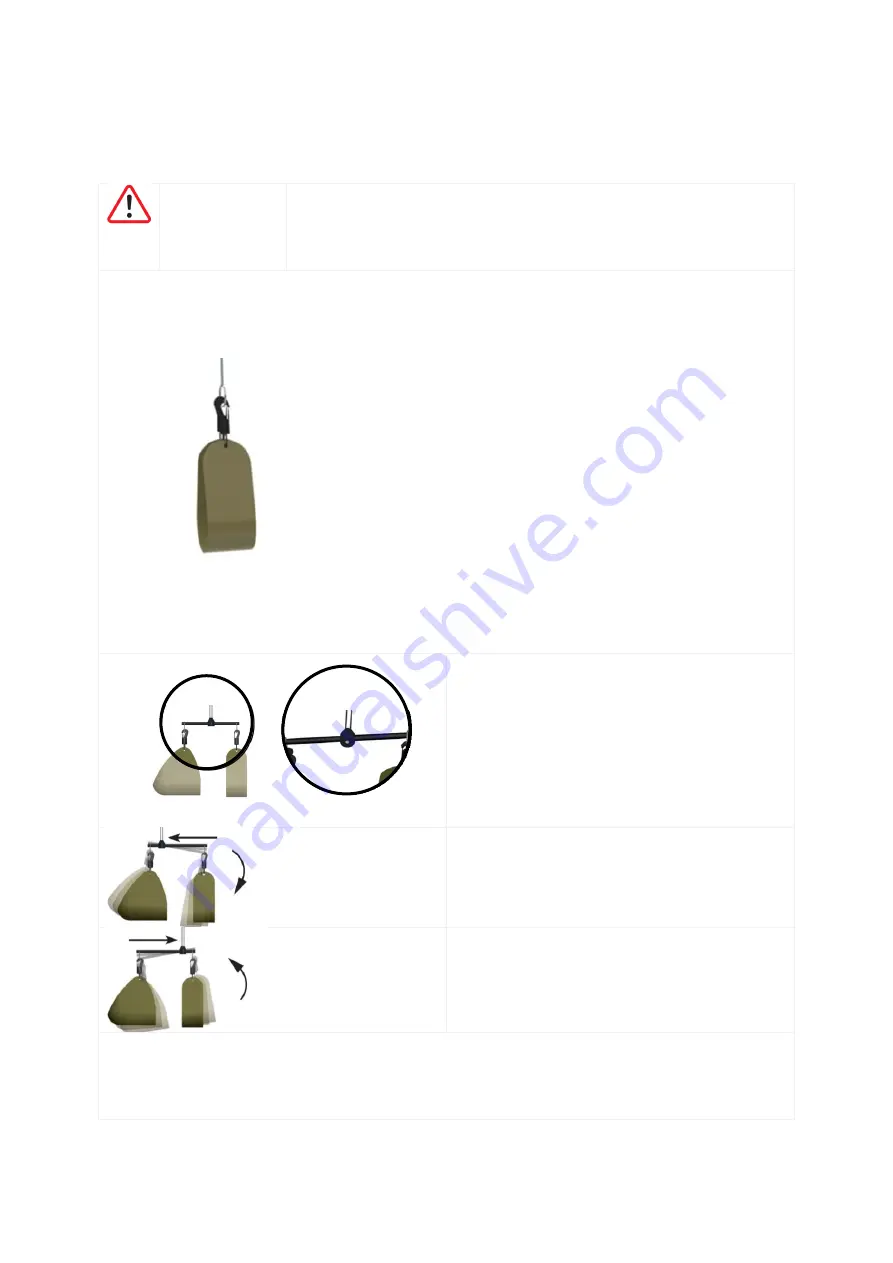
9 of 13
Adapting the arm balance
Balancer can be designed with both a wrist- and an arm-fitting. This enables the forearm to be
balanced.
Warning:
The functioning of Balancer is to a large part determined by the settings
on the wrist- and arm-fitting. Altering these settings can result is a
significant deterioration in performance or the Balancer not functioning at
all. For that reason only qualified persons are permitted to adjust the
settings on the wrist- and arm-fittings.
Wrist support
The desired balance for the forearm can be adjusted by shifting the forearm in relation to the
wrist-fitting. For that reason, try to seek a balance whereby the forearm can be tilted easily
back and forth in the support unit.
The more the wrist-fitting is moved backwards (i.e. towards the elbow),
the easier the arm and hand can be tilted downwards.
If the wrist-fitting is moved forwards, the arm and the hand can be
tilted upwards more easily.
Arm-fitting
The desired balance for the forearm can be set by shifting the spindle in relation to the rod.
For that reason, try to seek a balance whereby the forearm can be tilted easily back and forth
in the support units.
The spindle can be moved by loosening the
socket-head screw underneath. Slide the rod into
the spindles and re-tighten the screw.
The more the spindle is moved backwards (i.e.
towards the elbow), the easier the arm and hand
can be tilted downwards.
If the spindle is moved forwards, the arm and the
hand can be tilted upwards more easily.
In both cases, the settings should be such that the forearm is able to rest on the lowest position of the
armrest or, if required, in the user’s lap.


